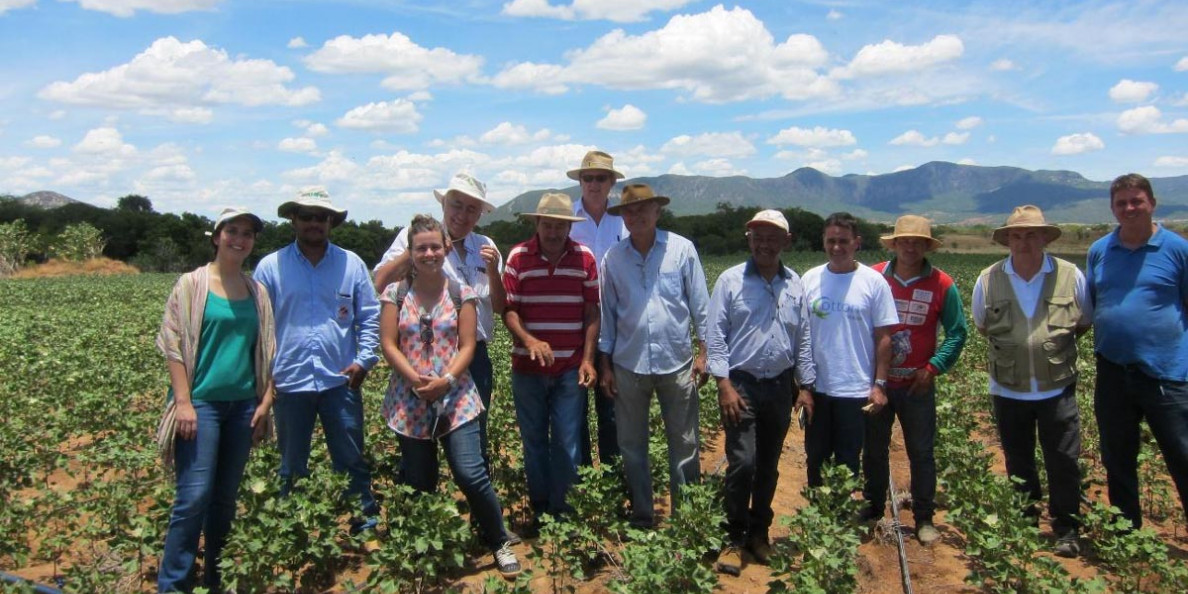COTTON production in Brazil – the world’s second largest cotton exporter – could rise by 40 per cent over the next decade, and exports could more than double, according to the latest report from Rabobank.
However, logistics remain a bottleneck for the future growth of the country’s cotton exports.
In the report ‘Infrastructural bottlenecks squeeze Brazilian cotton expansion’, the bank says 99 per cent of Brazilian cotton exports are currently moving through the Port of Santos, located 2000 kilometres away from the key production regions.
With export capacity almost exhausted, Rabobank sees investment in new routes for cotton exports and the development of infrastructure within farms as critical for future growth.
The report author, Rabobank’s Brazil-based senior grains and oilseeds analyst Victor Ikeda says: “In order to reach this production growth and export potential, investments need to take place mainly in the development of existing export capacity, ‘new’ export corridors and ginning capacity.”
The history of cotton production in Brazil shows an industry that has overcome crisis.
From that crisis (resulting from pest pressure and poor economic competitiveness), Brazil emerged to become the world’s second largest cotton exporter, increasing exports from 2.8 million bales in 2008/09 to 6.2 million bales in 2018/19.
Implications for Australia
Brazil’s expansion into cotton is rightly considered a threat to the Australian industry, according to Rabobank’s Australian cotton analyst Charles Clack, due to the competition in the same export season and to similar markets at a lower cost-of-production.
“For now, Brazil’s influence has been somewhat muted as the US-China trade war, coupled with local drought, means Brazilian cotton has been able to replace bales others exporters simply couldn’t supply,” he said.
“Looking ahead, Rabobank anticipates Brazil to rise in terms of influence on both local and global markets – especially as it overcomes its current infrastructure constraints.”
Rabobank forecasts Brazilian output to rise to 18 million bales by 2028/29, on par with the US.
However, Mr Clack said the Brazilian model was still vulnerable to risk – particularly the weather.
“The second-crop nature of cotton production, coupled with reliance on rainfall, means Brazilian output will remain vulnerable to ‘mother nature’ on a year-by-year basis. Any swings in production will have considerable influence on the global balance sheet,” he said.
Source: Rabobank


